6 essential parts of a planted CO2 setup
Introduction: Why CO₂ Matters in a Planted Aquarium
A CO₂ aquarium set is essential for maintaining a healthy and vibrant planted tank. Carbon dioxide is a crucial element in photosynthesis, the process by which plants convert light into energy. In a planted aquarium, providing sufficient CO₂ helps plants grow efficiently, leading to a lush aquascape and vibrant plant health. Without proper CO₂ injection, plants struggle to thrive, and algae can begin to dominate the tank.
If you're wondering how to set up CO₂ for an aquarium, it’s important to understand the system components required. An effective CO₂ setup is designed to regulate gas flow and ensure plants receive the right amount of carbon dioxide for optimal growth. Proper setup can prevent common issues like algae blooms and poor plant health, allowing you to enjoy a thriving planted tank.
CO₂ Cylinder: Storing the Gas That Fuels Growth
A CO₂ aquarium setup starts with the CO₂ cylinder, which stores the gas before it is injected into the tank. These cylinders come in different sizes, and the one you choose will depend on the size of your tank and the level of CO₂ injection you want. Larger tanks typically require a bigger cylinder, whereas a smaller aquarium can function with a compact cylinder. Refilling the cylinder when needed is a crucial part of maintaining your aquarium's CO₂ system.
There are a variety of CO₂ kits for aquariums available, and each one may contain a different type of cylinder. Some kits are designed for smaller setups and come with a small disposable cylinder, while larger setups use refillable steel or aluminum cylinders. Choosing the right cylinder ensures that you have the capacity to maintain a stable CO₂ flow for your aquarium plants.
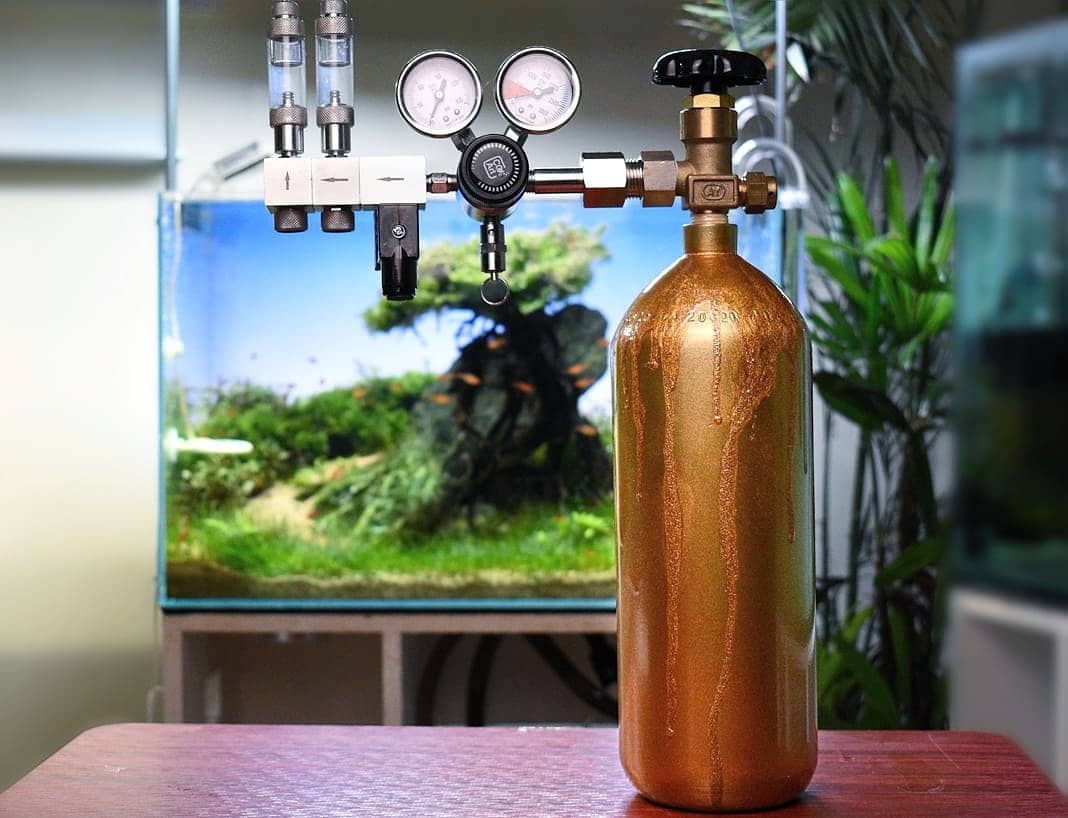
Regulator: Controlling the Pressure
Once the CO₂ cylinder is in place, it needs to be regulated. The regulator is responsible for controlling the pressure and ensuring a steady, controlled flow of CO₂ into the tank. It’s essential to invest in a high-quality regulator to maintain precise pressure and prevent fluctuations that could harm your plants. By regulating the pressure accurately, you ensure your plants get the right amount of CO₂ they need without excess or deficiency.
When researching CO₂ set aquarium systems, it’s important to consider the type of regulator that suits your needs. Single-stage regulators are ideal for beginners, while dual-stage regulators provide more precise control for advanced setups. Choosing the right regulator will help you maintain the health of both your plants and your aquarium ecosystem.
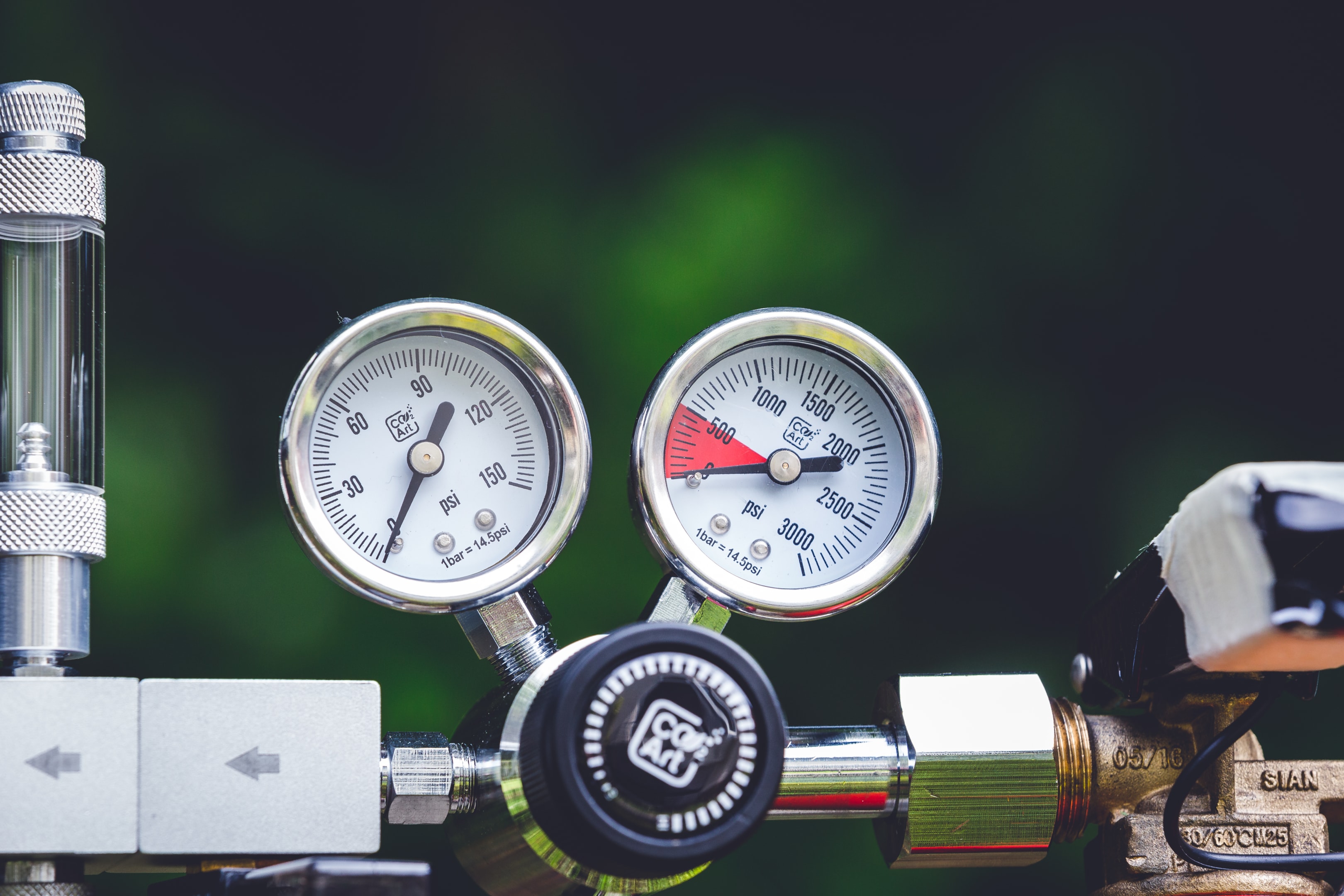
Needle Valve: Fine-Tuning the Flow Rate
The needle valve is a small but essential part of your CO₂ system. This device fine-tunes the CO₂ flow rate, allowing you to adjust the bubbles per second, which is crucial for plant health. Unlike a simple on/off valve, the needle valve offers precise control over the rate at which CO₂ enters the aquarium, ensuring that your plants are receiving the right amount for optimal photosynthesis.
For those setting up aquarium setups, incorporating a high-quality needle valve will make a significant difference in maintaining a stable and efficient CO₂ system. The needle valve works together with the CO₂ regulator to provide smooth and consistent CO₂ injection, keeping your tank's environment stable and your plants flourishing.
Diffuser: Ensuring Effective CO₂ Distribution
A diffuser is an essential piece of equipment in a planted aquarium as it helps evenly distribute carbon dioxide throughout the water column. This ensures that the aquatic plants receive a steady supply of dissolved CO₂, which is vital for their plant growth. Whether you’re setting up a large planted tank or a smaller one, the diffuser is responsible for turning the gas into fine bubbles, which dissolve quickly into the water. This allows the aquatic plants to absorb the CO₂, leading to a healthier and more vibrant aquarium ecosystem.
In a planted tank with high lighting conditions, the diffuser's role becomes even more crucial. As the light promotes photosynthesis, carbon dioxide acts as a critical element for the plants' energy production. Without adequate CO₂, plants cannot perform photosynthesis properly, slowing plant growth and impacting the overall health of the aquarium. Proper CO₂ injection through a diffuser ensures a balanced environment for both the plants and fish in your planted aquarium.
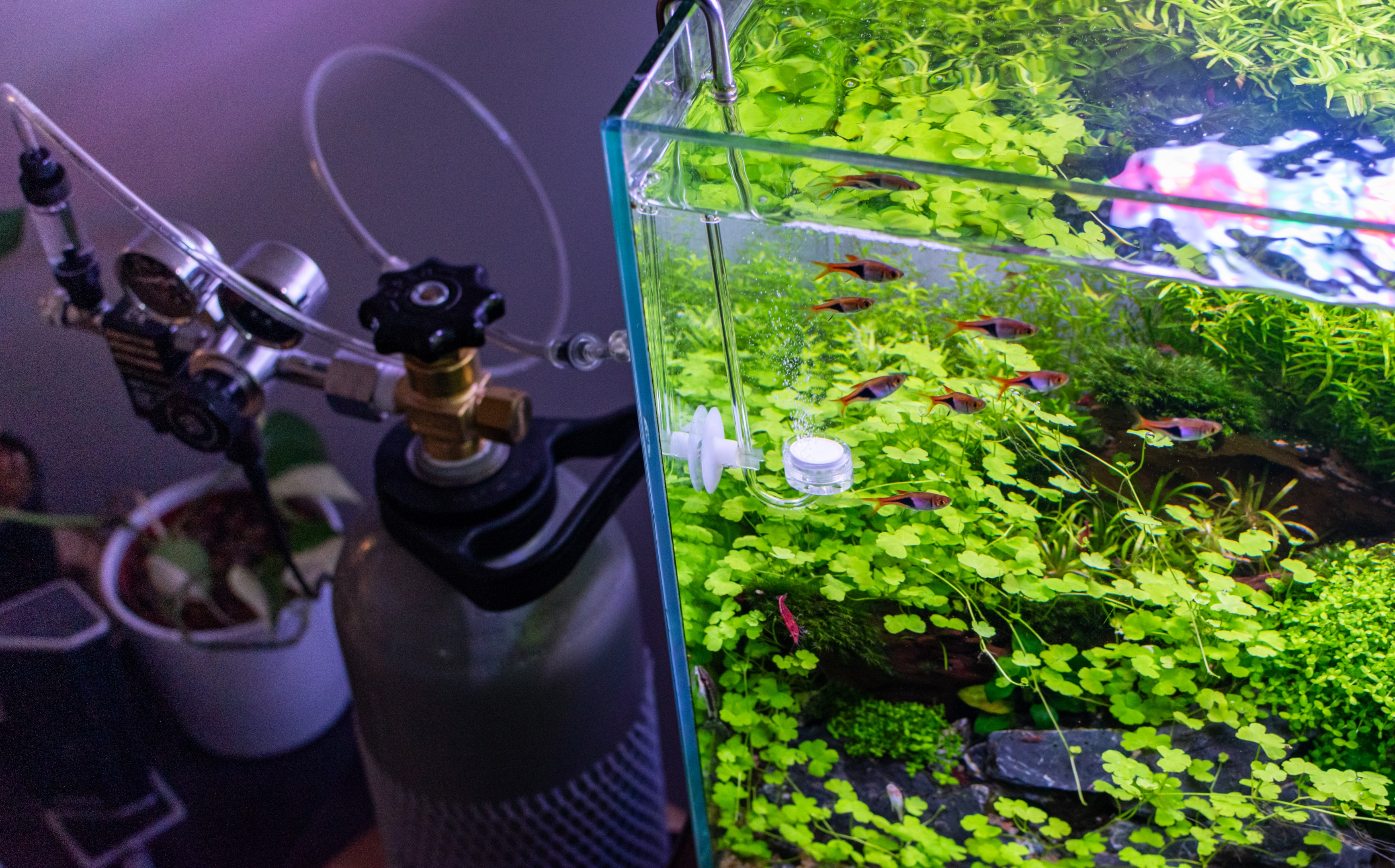
CO₂ Injection System: Precision for Plant Health
A CO₂ injection system is one of the best ways to provide the aquatic plants in your planted tank with the carbon dioxide they need. This system usually involves a pressurised CO₂ cylinder, a regulator to control the flow, and a needle valve to fine-tune the output. It's essential to have a precise and consistent supply of CO₂ to ensure that the plants receive optimal conditions for plant growth. Inadequate CO₂ leads to stunted growth, while excessive CO₂ can harm your fish and other aquarium inhabitants.
Monitoring CO₂ injection with a drop checker helps ensure you maintain the correct levels in the tank. The drop checker uses a color change to indicate the CO₂ concentration in the water, providing a visual cue for adjustments. For tanks with high lighting and more demanding plants, controlling CO₂ levels is essential to maintain a balance between the plants' need for carbon dioxide and the oxygen levels in the tank. A good CO₂ injection system helps your aquatic plants thrive, ensuring healthy and lush growth.
Bubble Counter: Monitoring CO₂ Flow
A bubble counter is a simple yet effective tool used to monitor the flow of carbon dioxide in your planted aquarium. This small piece of equipment helps you visually track how much CO₂ is being injected into your aquarium, allowing you to adjust the flow as needed. In a planted tank, where aquatic plants require a steady supply of carbon dioxidefor optimal plant growth, a bubble counter ensures that you’re not over- or under-feeding your plants with the necessary gas.
For aquariums with high lighting or tropical fish, the use of a bubble counter becomes even more critical. Carbon dioxide levels must be maintained to meet the needs of the plants without harming the fish. By using a bubble counter, you ensure that the tank water is receiving just the right amount of CO₂, promoting healthy growth for your aquatic plants while maintaining a safe environment for the fish and other creatures in your tank.
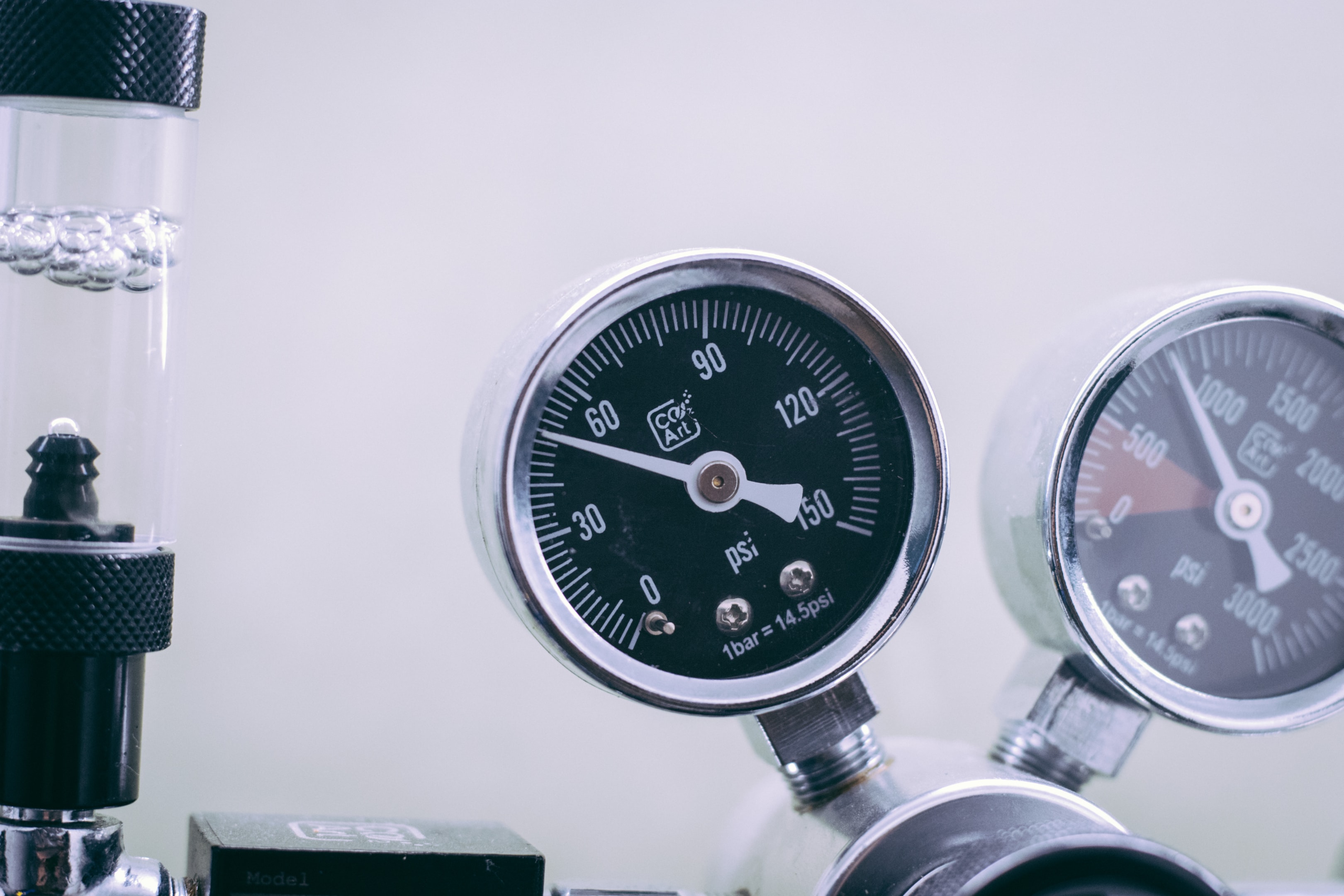
Drop Checker: Ensuring Proper CO₂ Levels
A drop checker is an essential tool for determining the concentration of carbon dioxide in your aquarium’s water. It provides an easy way to monitor the CO₂ levels and ensure that they are within the ideal range for your aquatic plants. As carbon dioxide dissolves in the water, it reacts with a pH-sensitive solution in the drop checker, changing its colour to indicate the CO₂ concentration. This allows you to make adjustments to your CO₂ injection system as needed.
In planted tanks, especially those with high lighting, maintaining appropriate CO₂ levels is critical for plant health and growth. Too much carbon dioxide can suffocate your fish and disrupt the balance of the tank, while too little can cause your aquatic plants to suffer from poor plant growth. A drop checker helps you monitor and adjust the CO₂ levels precisely, ensuring the best conditions for both your plants and fish.
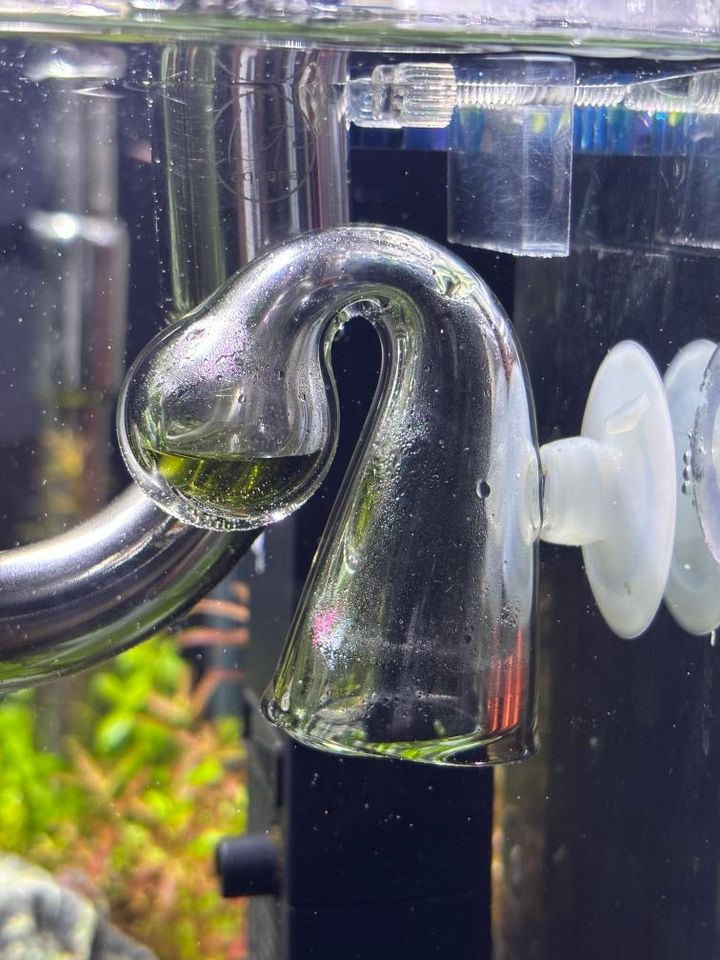
CO₂ Equipment Setup: Ensuring Optimal Performance
Setting up CO₂ equipment in your planted tank is a critical step in ensuring that your aquatic plants receive the proper amount of carbon dioxide for healthy growth. CO₂ injection systems can vary depending on the size of your aquarium, the type of plants you have, and your lighting conditions. It’s essential to choose CO₂ equipment that suits your needs, whether it's a simple system for a small tank or a more advanced system for a larger, more demanding setup.
When setting up your CO₂ equipment, ensure that the diffuser or bubble counter is positioned correctly, and make sure that the tank water has good circulation to distribute the CO₂ evenly throughout the aquarium. The correct placement of your CO₂ system is key to ensuring that your plants get a consistent supply of carbon dioxide, promoting optimal plant growth and maintaining a healthy environment for your fish.
Monitoring CO₂ Levels: Ensuring Healthy Plants and Water Quality
Monitoring the CO₂ levels in your planted aquarium is essential to maintaining a healthy and thriving aquatic environment. Carbon dioxide directly impacts plant growth, and having the right balance is key for ensuring that aquatic plants receive enough nutrients without causing harm to your fish or the water quality. Using a drop checker or bubble counter helps you visually track the concentration of CO₂ in the water.
Consistent monitoring allows you to adjust the CO₂ injection system as necessary. Too much carbon dioxide can lower the pH levels and affect the water chemistry, while too little can stunt plant growth. By regularly checking the CO₂ levels and adjusting your system, you can ensure that your plants get the right amount of carbon dioxide, creating an ideal environment for both your aquatic plants and fish.
Conclusion: Creating a Thriving Planted Aquarium with CO₂
In conclusion, setting up a CO₂ system for your planted aquarium is crucial for creating an environment where your aquatic plants can thrive. By ensuring the proper equipment is in place – from the CO₂ cylinder to the regulator, bubble counter, drop checker, and O-ring – you can guarantee that your plants receive the proper amount of carbon dioxide for optimal plant growth. Regular maintenance and monitoring are key to preventing issues like green wateror algae growth.
With the right setup, a CO₂ injection system will not only support healthy plants but also help maintain balance in the tank water, ensuring the well-being of your fish and other aquatic life. The combination of proper lighting, CO₂ injection, and consistent care will result in a thriving planted tank that’s visually stunning and ecologically balanced.
Meet our bestseller! The Pro-Elite Series Complete Aquarium CO2 System with New Inline CO2 Diffuser!




